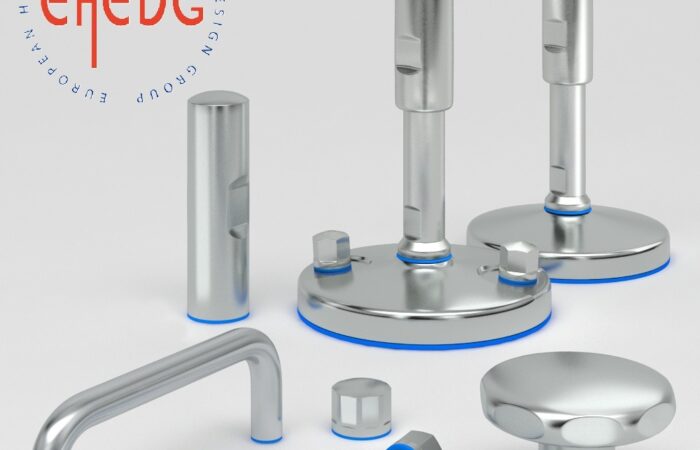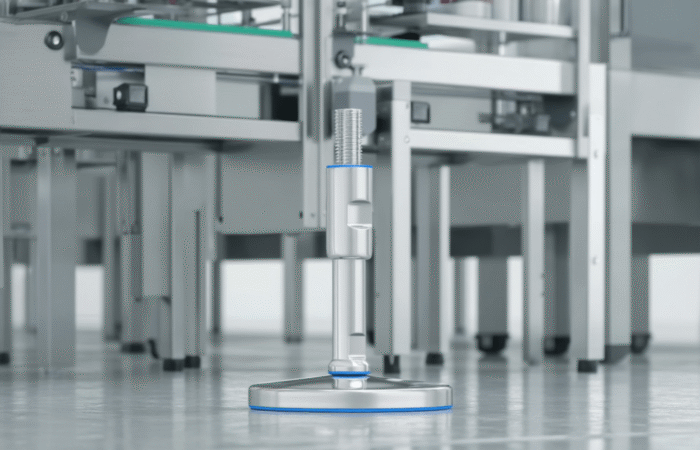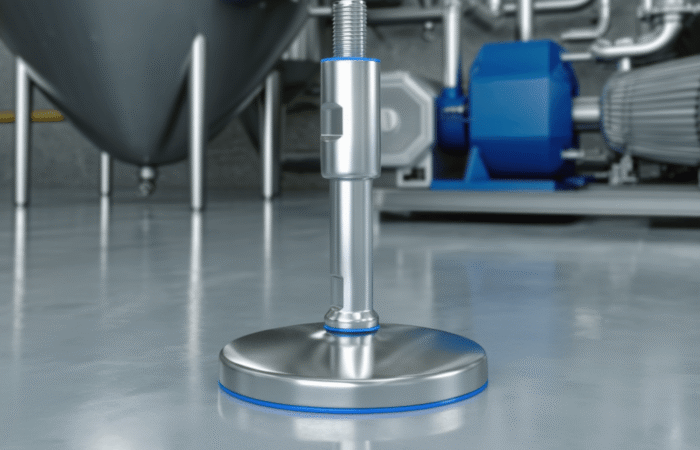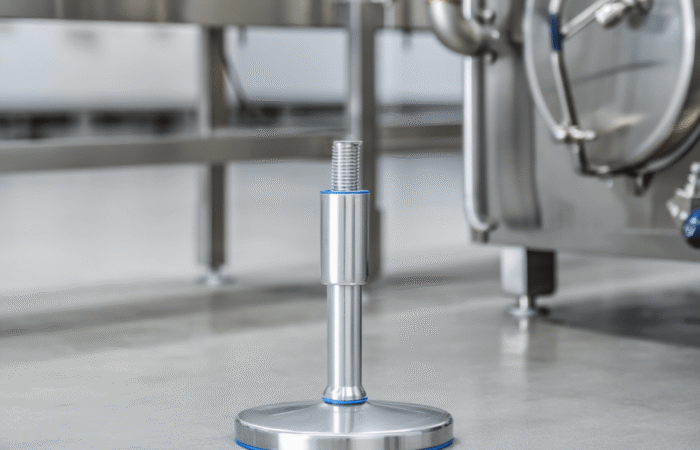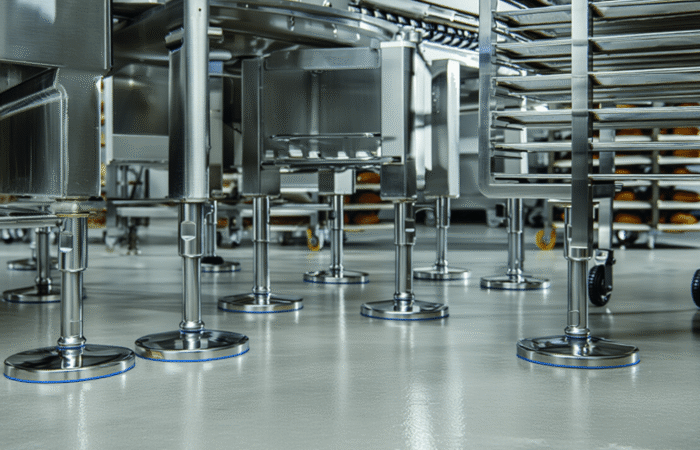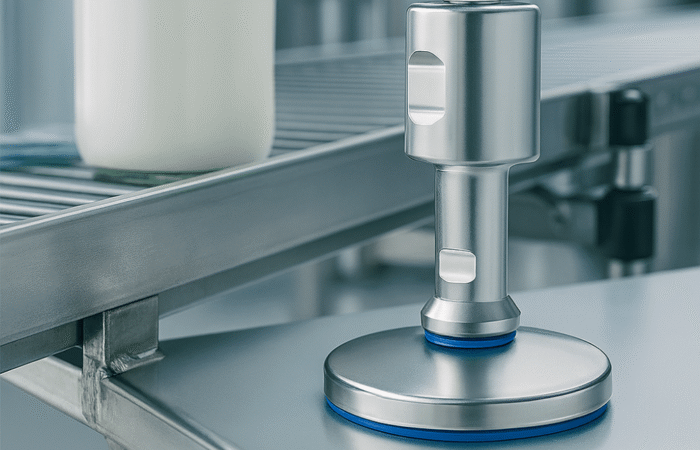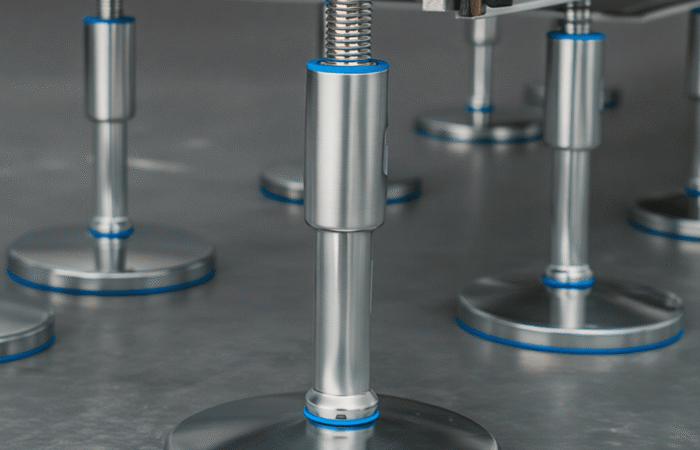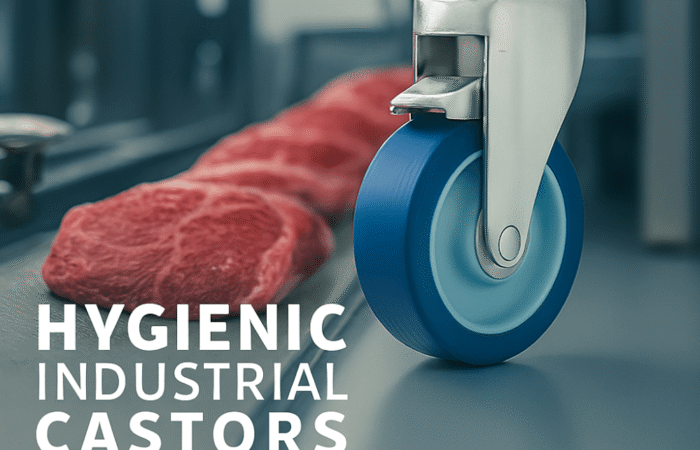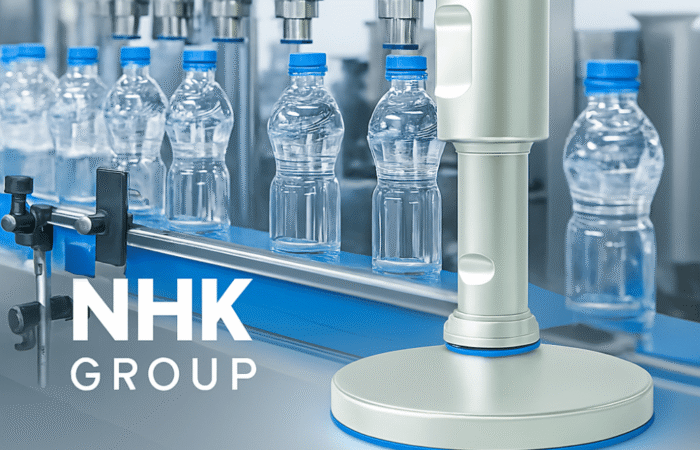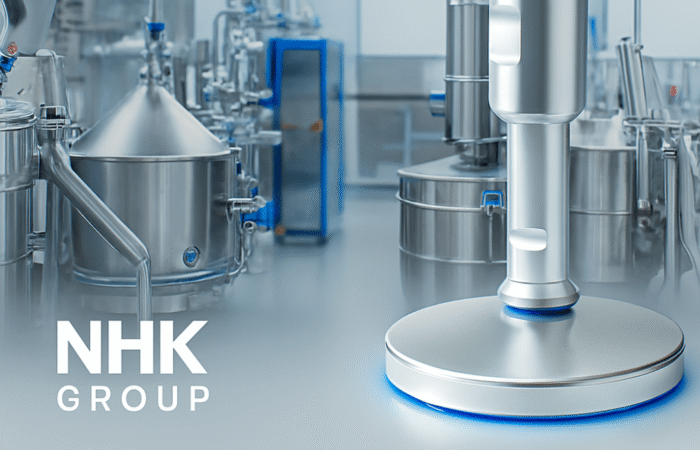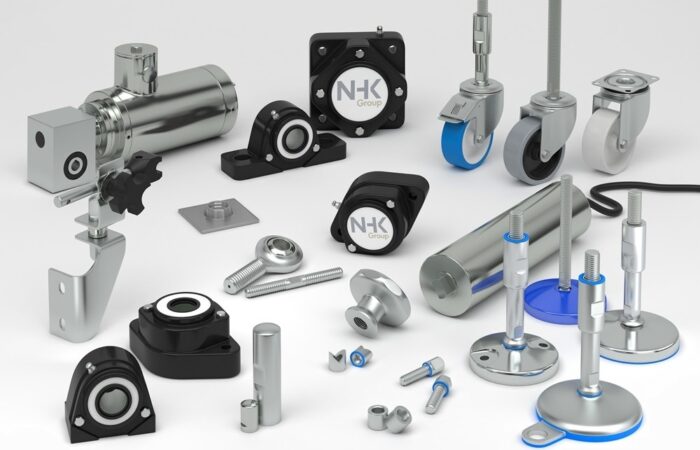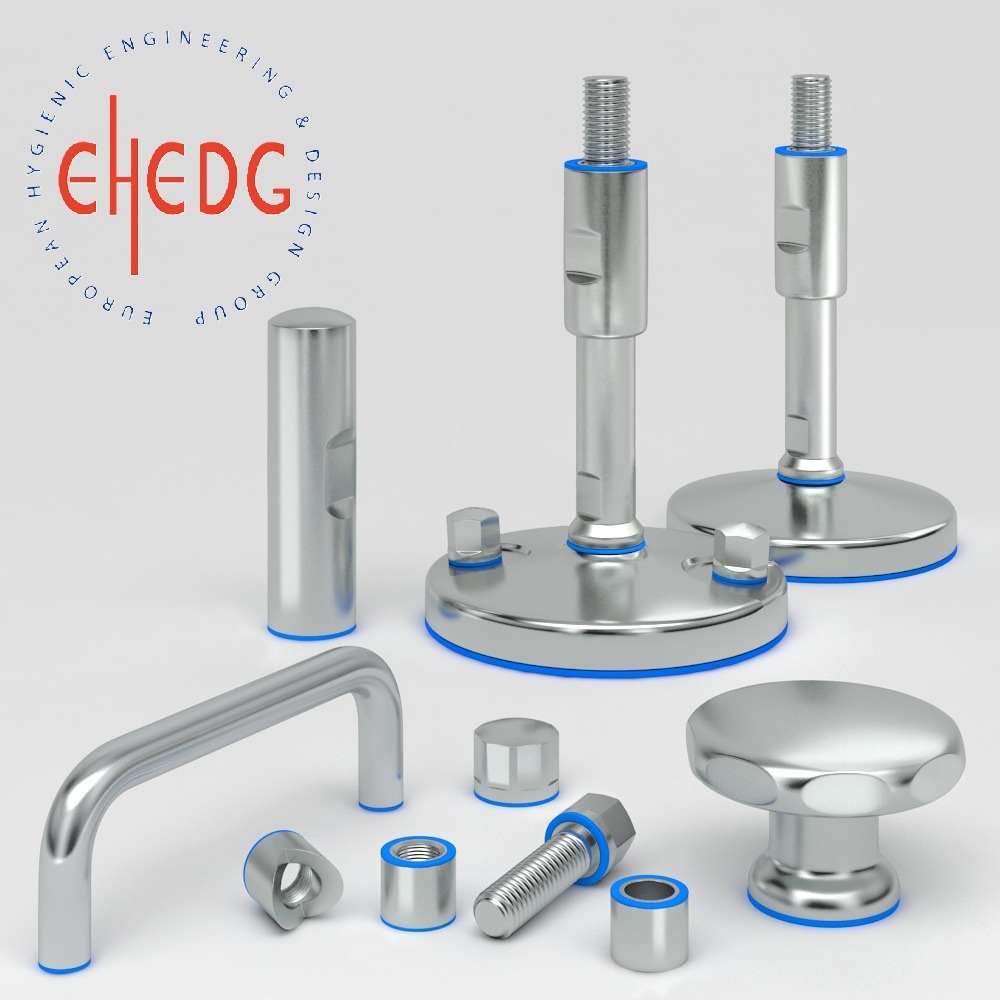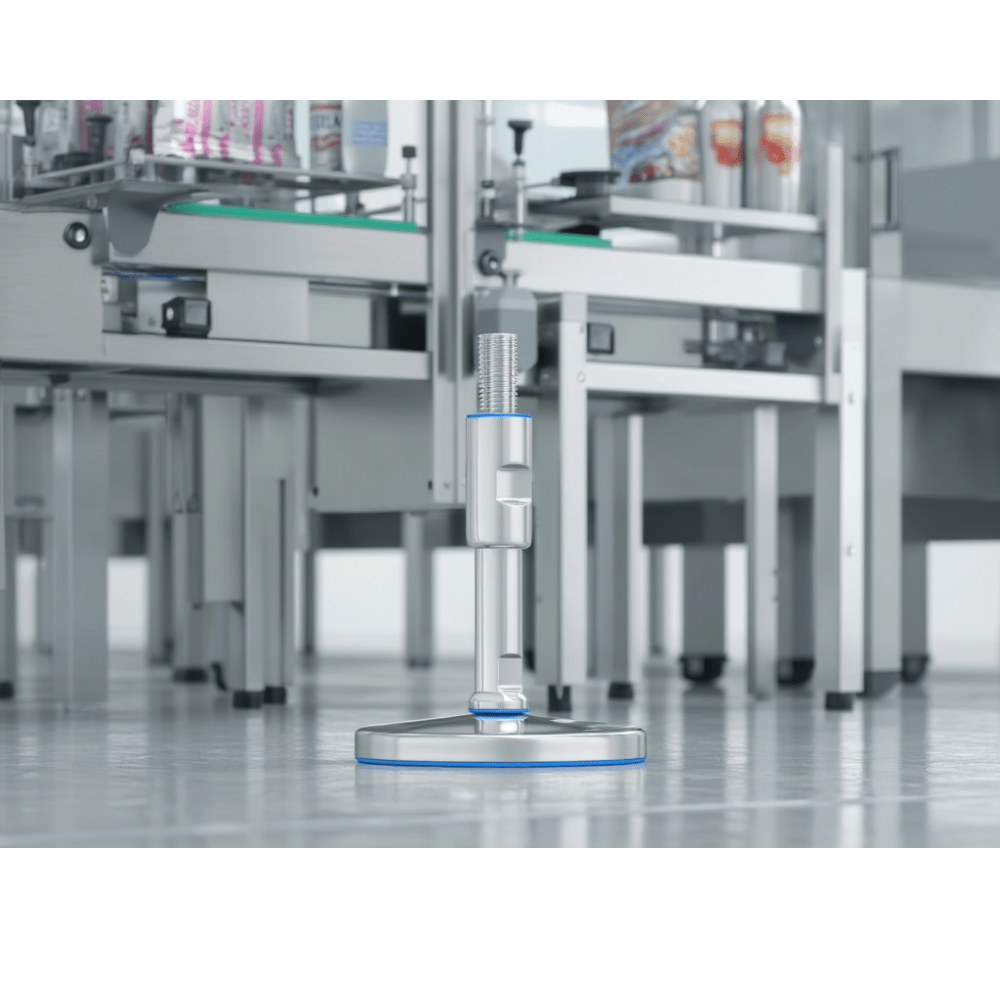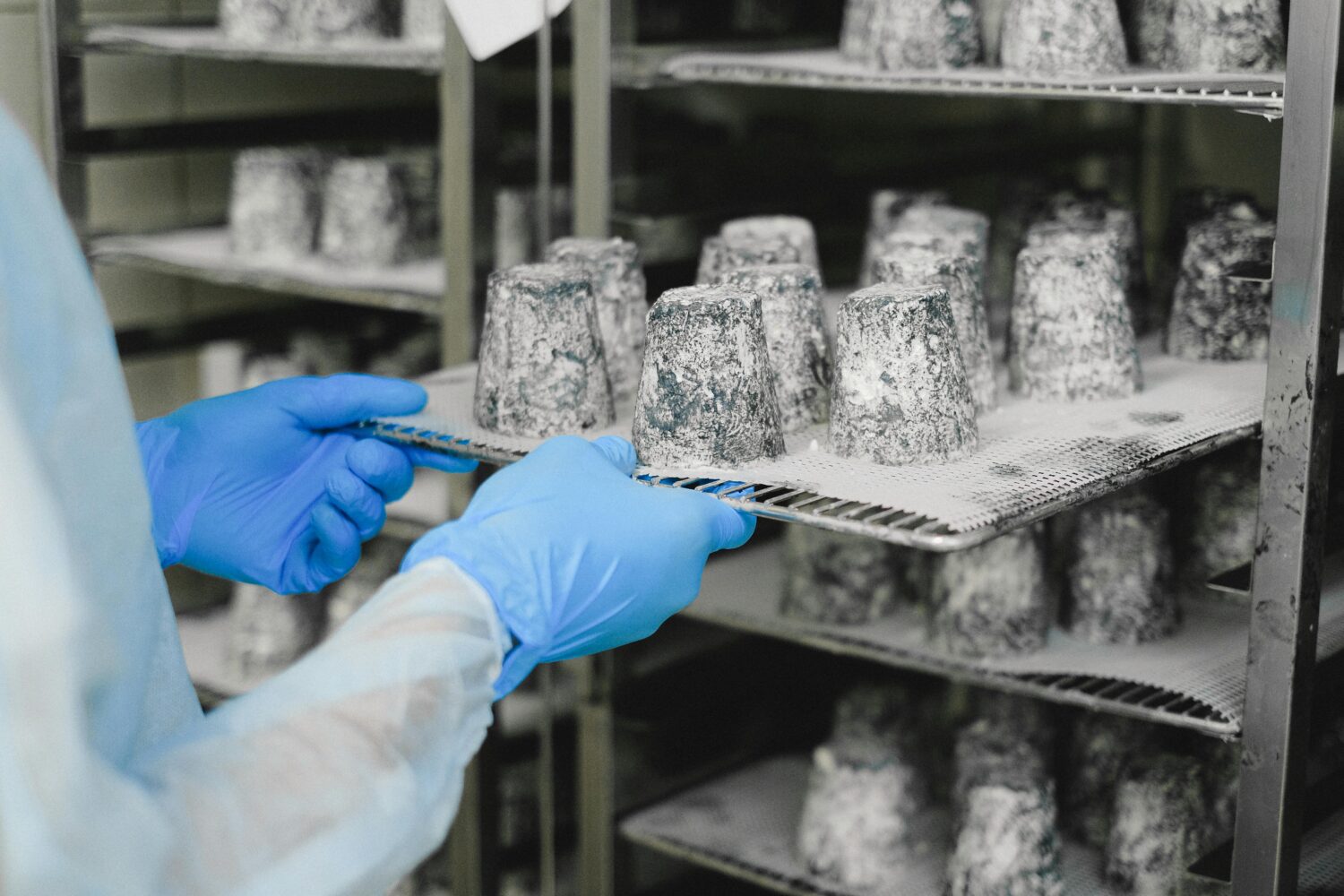
Understanding Food Safety: Open vs Closed Systems
The food processing industry is built on stringent safety protocols designed to protect consumers and maintain product integrity. With public health and regulatory compliance at the forefront, understanding the structural and operational differences between open and closed systems in food safety is essential. This article delves into these systems, explores their safety concerns, and offers insights into engaging large teams to create a culture of food safety excellence. Open systems in food processing involve equipment or processes that expose food products to external environments. These systems are more susceptible to contamination from airborne particles, human handling, or environmental exposure. While open systems can be cost-effective and easier to maintain, they pose significant food safety risks. Open systems may be suitable for certain processing stages, but they demand extra vigilance, making employee training and robust monitoring critical. Closed systems are designed to isolate food products from external environments. These systems are widely used in industries like dairy, beverages, and pharmaceuticals where hygiene is paramount. However, closed systems can involve higher initial costs and require specialized training for operators and maintenance personnel. Regardless of the system type, certain food safety concerns must always be prioritized: By addressing these concerns proactively, food safety standards can be elevated across both open and closed systems. Engaging large teams in food safety initiatives is pivotal for success. Team engagement ensures adherence to protocols and fosters a shared sense of responsibility. A well-engaged team can bridge the gap between policy and practice, ensuring that safety protocols are consistently followed. For businesses deciding between open and closed systems, cost is often a deciding factor. While closed systems require higher upfront investment, the long-term savings from reduced contamination risks, compliance penalties, and recalls often outweigh the initial costs. On the other hand, open systems, if managed well, can provide cost-effective solutions for certain processes. The key lies in assessing risks, understanding operational needs, and prioritizing food safety at every stage. Creating a culture of food safety is a continuous process. It requires leadership commitment, regular assessments, and team collaboration. By fostering a food safety culture, companies can reduce risks, improve product quality, and build consumer trust. Understanding the differences between open and closed systems is fundamental for maintaining food safety in processing operations. While open systems require stringent monitoring and cleaning, closed systems offer enhanced safety and compliance benefits. Prioritizing safety concerns and actively engaging large teams are critical steps toward achieving food safety excellence. Investing in both systems and people will not only ensure compliance with regulations but also drive long-term success in the food industry. When every team member understands their role in maintaining food safety, businesses can confidently navigate challenges and deliver high-quality, safe products to consumers.Understanding Food Safety: Open vs. Closed Systems, Prioritizing Concerns.
Get our catalogue here
See our product line here
Open Systems: Challenges and Risks
Key Challenges:
Closed Systems: A Hygienic Advantage
Benefits of Closed Systems:
Prioritizing Concerns in Food Safety
Get our catalogue here
See our product line here
Engaging Large Teams in Food Safety
Strategies for Team Engagement:
Balancing Costs and Benefits
Building a Culture of Food Safety
Steps to Build a Food Safety Culture:
Open vs Closed Systems in Food Safety: Key Insights and Challenges
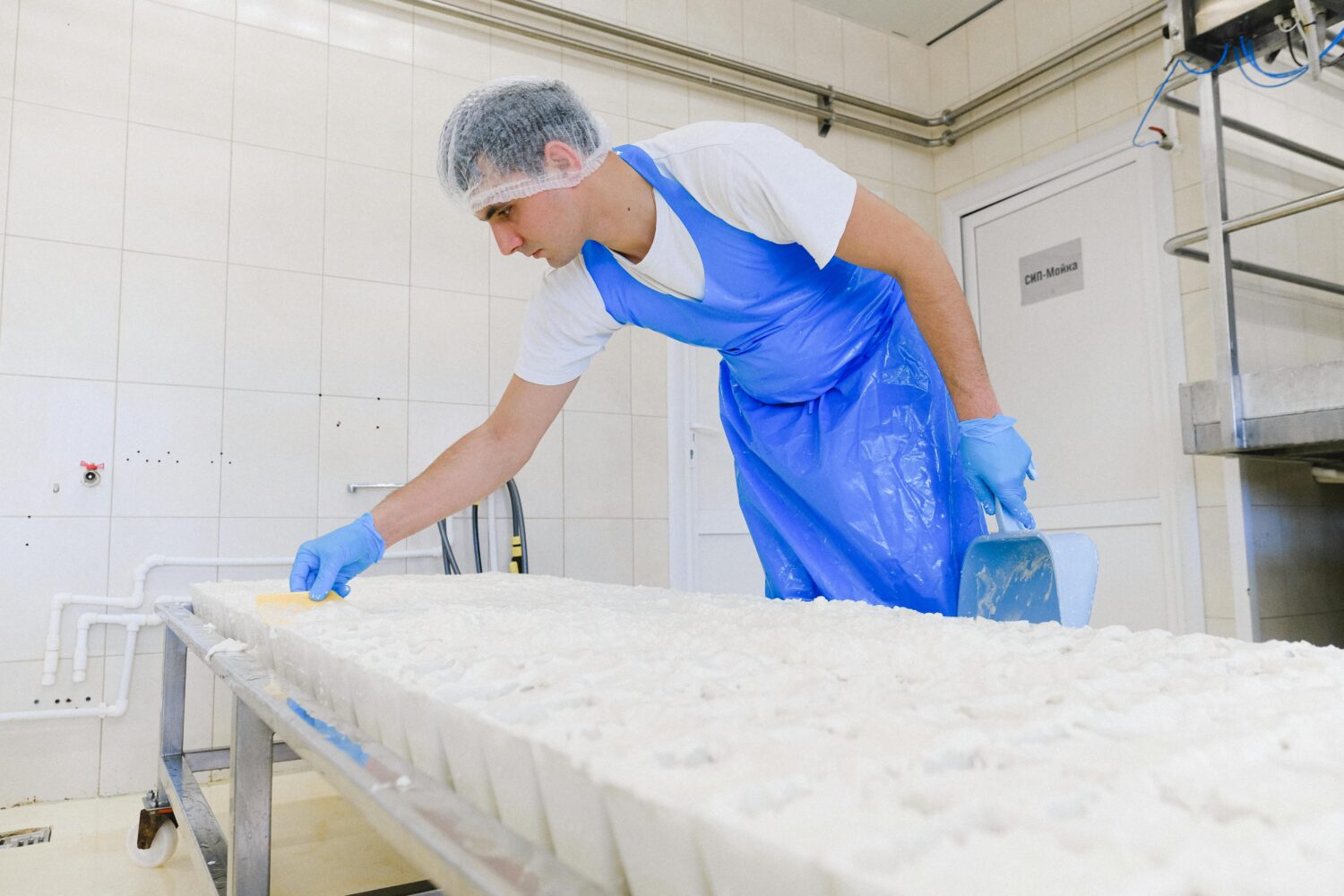
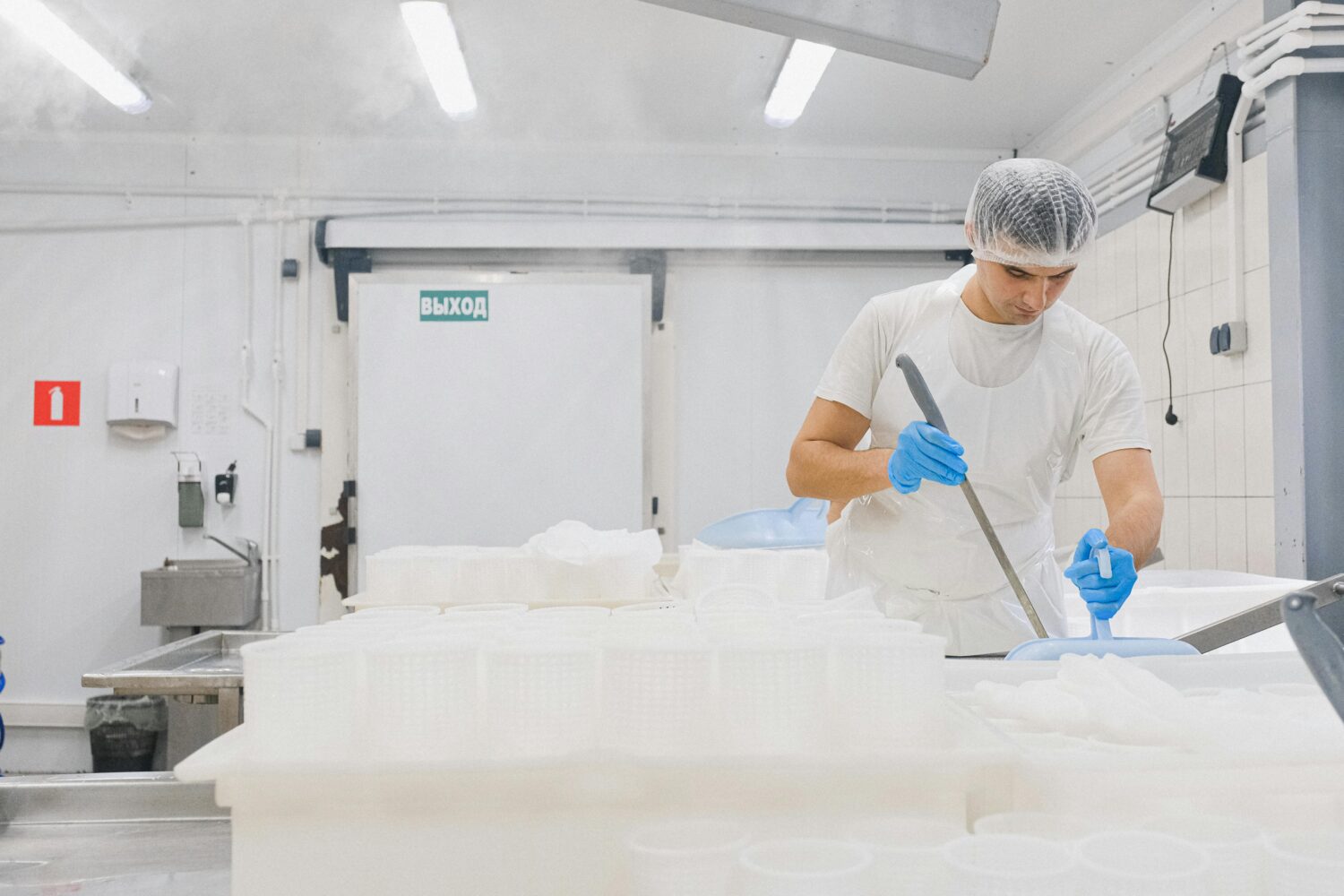
Contact
